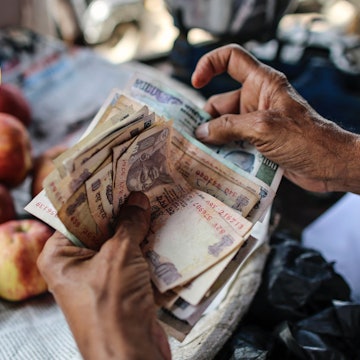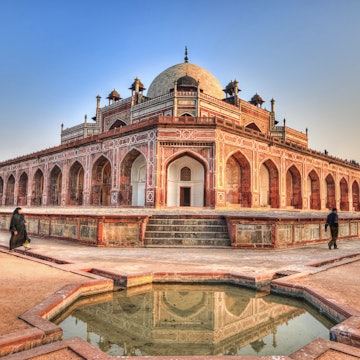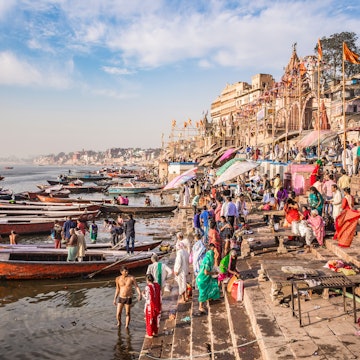
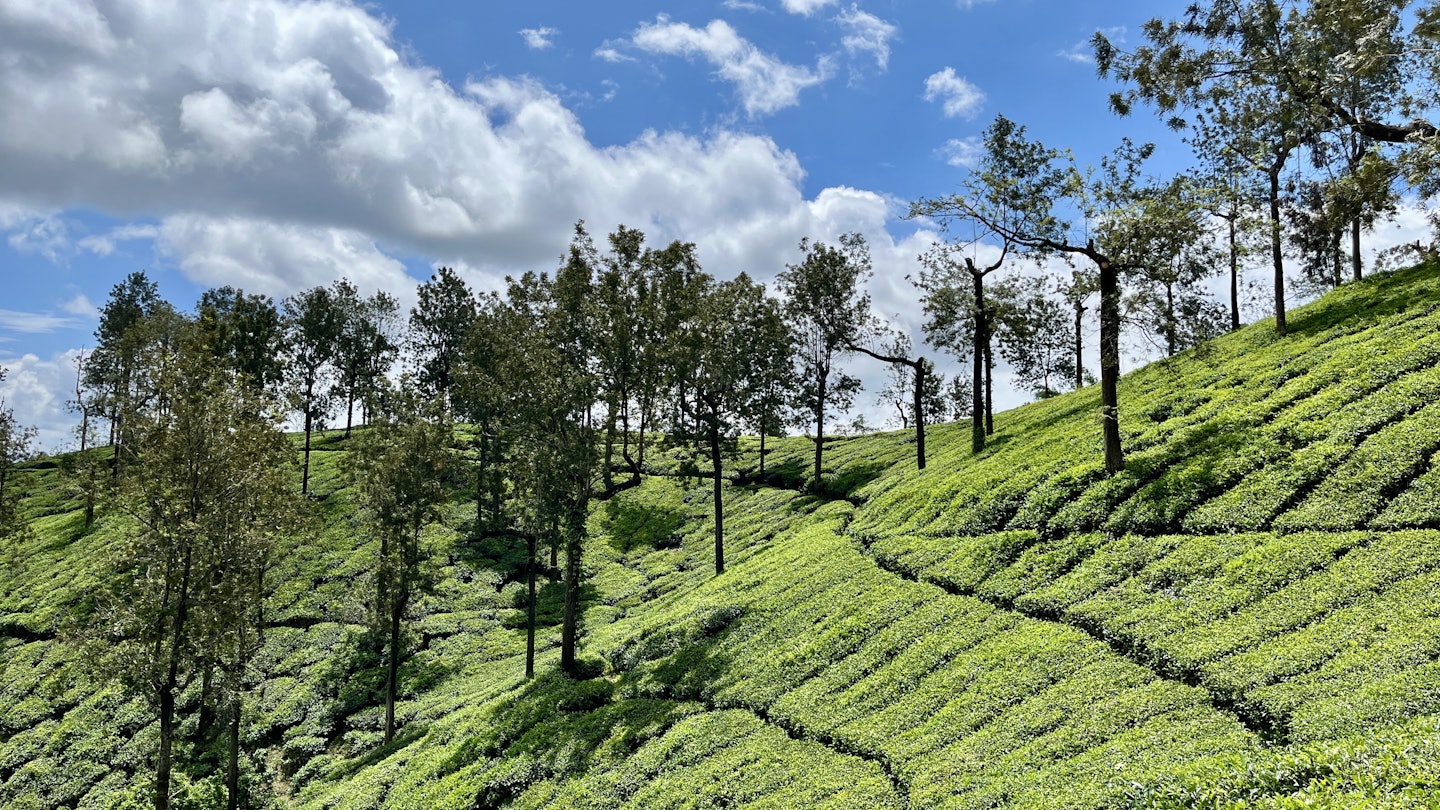
A tea estate in Wayanad, Kerala. Akanksha Singh
The town of Sultan Bathery in Wayanad, Kerala, lends itself to vivid imagery. Its name is a reference to Tipu Sultan, ruler of Mysore, who reportedly parked his ammunition here during his invasion of Malabar. Over time, the Sultan’s battery became his bathery. It’s just outside this town, in Kolagapaara, where I parked myself on a recent trip to the southern Indian coastal state. Kerala, on the whole, is bursting with things to do. But this is a region with boundless tea estates, coffee and spice farms; mist clinging to mountains and rice cloaking its landscape; and waves of coconut palms, betel nut palms and banana trees.
Here’s everything you need to know before you spend a blissful three days in Wayanad.
When to arrive: Aim to arrive on Thursday and stay for at least three days to get the most out of your visit. Seasonally, December through February are peak months, but September to early November will give you good weather with lower rates and fewer crowds.
How to get from the airport: The nearest international airports are Calicut International Airport and Kannur International Airport. Expect a three-hour drive from each (the Kannur route is considerably less crowded); prepaid taxis are easily available from both airports. You can also drive down from Bengaluru (Bangalore), but there are a notably limited number of EV charging stations en route, so plan accordingly.
Getting around town: Buses link Wayanad with Kannur and Kozhikode (Calicut), but ridesharing apps like Uber and Ola are limited in these parts. Most travelers opt to book a private car and driver, or self-drive (taxis charge around ₹2500 for a full-day trip).
Where to stay: Wayanad has ample accommodation options for every price point, but I stayed at the Tranquil Resort, Wayanad, a sprawling 400-acre property on a coffee, spice and fruit farm. It’s a 4-star for all intents and purposes and has all the usual trimmings, but it feels like a homestay in the best possible way. The hosts are always about, guests are encouraged to socialize with each other, and your coffee order will be remembered after you’ve ordered the same thing twice. The pièces de résistance, however, are the Serenetree Tree Villa and Tranquilitree Tree House – both perched above the forest canopy with warm, wooden interiors.
What to pack: Pack an all-linen wardrobe for these parts, plus a lightweight rain jacket. Walking shoes or hiking boots are a must, and consider bringing swimwear and flip flops. If you pack nothing else, be sure to pack a reusable water bottle, mosquito repellent and sunblock, and oh, did I mention mosquito repellent?
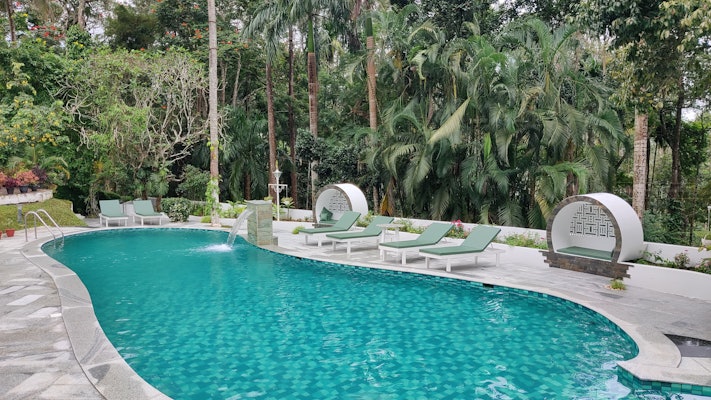



Day 1
How to spend the day
Once you’re checked in, grab a late lunch at the resort. Then, head to the Banasura Sagar Dam (an hour and a half away by road) for some people-watching and ziplining, or tour the estate with Tranquil’s host Ajay Mathulla. Mathulla’s interest in his crop is palpable – he’ll tell you about the estate’s failed vanilla crop, the thriving mangosteen, avocado, betel nut, nutmeg, mace, coffee and pepper, and burst with glee if you ask about the property’s labeled beehives. If you’re a nerd like me, learning that the difference between green, white and black pepper is how the pepper berries are processed is a splendid thing. (It’s worth noting here that the property also employs a seasonal external agri-labor force, who reported fair treatment and wages.) If you’re less of a nerd, opt to do a nature walk or two instead. Trails are labeled and easily navigable, and the 6km “Long Walk” is scenic, plus you’ll likely encounter a peacock or troupe of monkeys. Alternatively, make the most of the property with a swim, or check out the games room or gift shop - this is really the only stretch of downtime you get!
Dinner
Enjoy a Kerala-style dinner at the hotel, notably featuring green pepper curry and egg appam (crisp rice batter pancakes), and retire early.


Day 2
Morning
Start the day early with a pre-breakfast birdwatching session. Although you can do this on your own, Wayanad Nature Tours’ Sabu Abraham is a state-approved tourist guide with an encyclopedic knowledge of local birds. Binoculars and paperback spotters guides are available through Tranquil, but if you’re serious about birding (I am not), it might be worth packing your own to see everything from yellow wagtails and plum-headed parakeets to lone crested goshawks.
How to spend the day
After breakfast, head to the Edakkal Caves, one of the area’s primary attractions and especially popular with domestic tourists (read: avoid weekends). To keep plastic waste to a minimum, you’ll need to pay a refundable deposit to carry in a plastic water bottle.
These caves are technically caverns that date back to 6000 BCE, with only two open to the public. Cave #2 is what all the fuss is about: walls adorned with etched petroglyphs covered in brilliant green velvety moss. The carved human forms are easily identifiable, but animals and birds will require some polite smiling-and-nodding when your guide points them out. The cave tour with a guide takes between an hour and an hour-and-a-half, so if you’re peckish once you’re done, stop at one of the many stalls selling souvenirs and snacks (including freshly fried spiced banana and jackfruit chips and locally-made chocolate).
With 300-odd steps to climb, the caves are not accessible to those with restricted mobility. As an alternative, consider heading to the Wayanad Heritage Museum. Located nearby in Ambalavayal, this modest museum dives into the region’s history, including its Adivasi (Indigenous) heritage.
Dinner
A handful of options are in and around Sultan Bathery, ranging from fast-food joints like Dominos to cuisine-agnostic Wilton Restaurant.




Day 3
Morning
It would be a shame to come to these parts and not learn about tea, so make your way to HML’s Arrapetta Estate - winners of the gold award at the North American Tea Conference and numerous “best places to work” titles. Have your hotel or guide call ahead (Wayanad Nature Tours arranges tours, too), and be sure to carry ID, wear closed-toe shoes and mentally prepare to reframe everything you think you know about how tea is processed. This particular tea estate processes tea for auction (to be used and marketed by a number of major global tea brands), and you can follow the journey of tea from harvest to withering, drying, sorting, packaging and everything in between.
How to spend the day
Head to the Uravu Bamboo Workshop to learn about bamboo crafts. Established in 1996, Uravu is a not-for-profit that aims to provide rural communities livelihood through this initiative. There’s a very modest art gallery on the premises, making this a great spot to shop for anything from pens to lampshades (they don’t ship globally, so plan accordingly).
Wayanad is also home to the Paniya community, the largest Scheduled Tribe in Kerala, many of whom remain marginalized and work as agri-laborers today. Wayanad Nature Tours arranges tours to Paniya villages, alongside nature walks, where Abraham will point out medicinal plants and plants like jatropha, through which you can blow bubbles! (Note that while it is important to know and engage with Indigenous populations as a traveler, it’s equally important to approach any interactions with respect and empathy.)
If you’re extending your stay, head to Wayanad Wildlife Sanctuary, believed to be home to the world's largest recorded population of Asian elephants and tigers on the Chembra Peak. The peak stands at 2100m, and you’ll need to go with a guide in a group. Note there’s a cap on how many visitors can trek the route each day (so plan ahead).
Akanksha Singh traveled to Wayanad on the invitation of Tranquil Resort. Lonely Planet does not accept freebies in exchange for positive coverage










